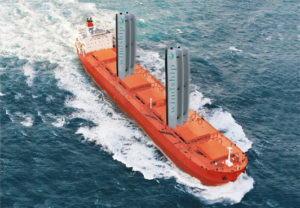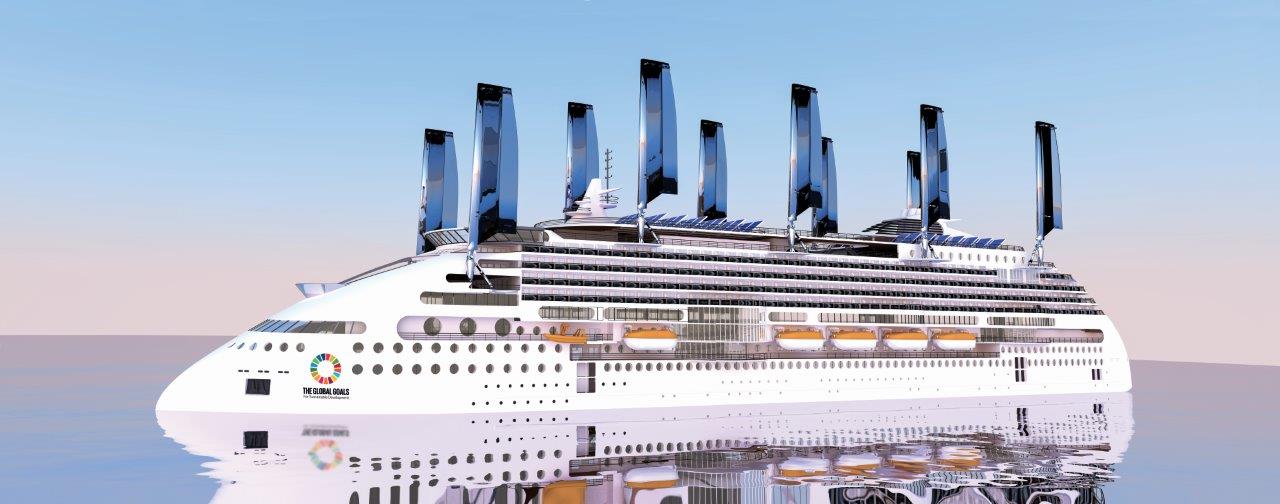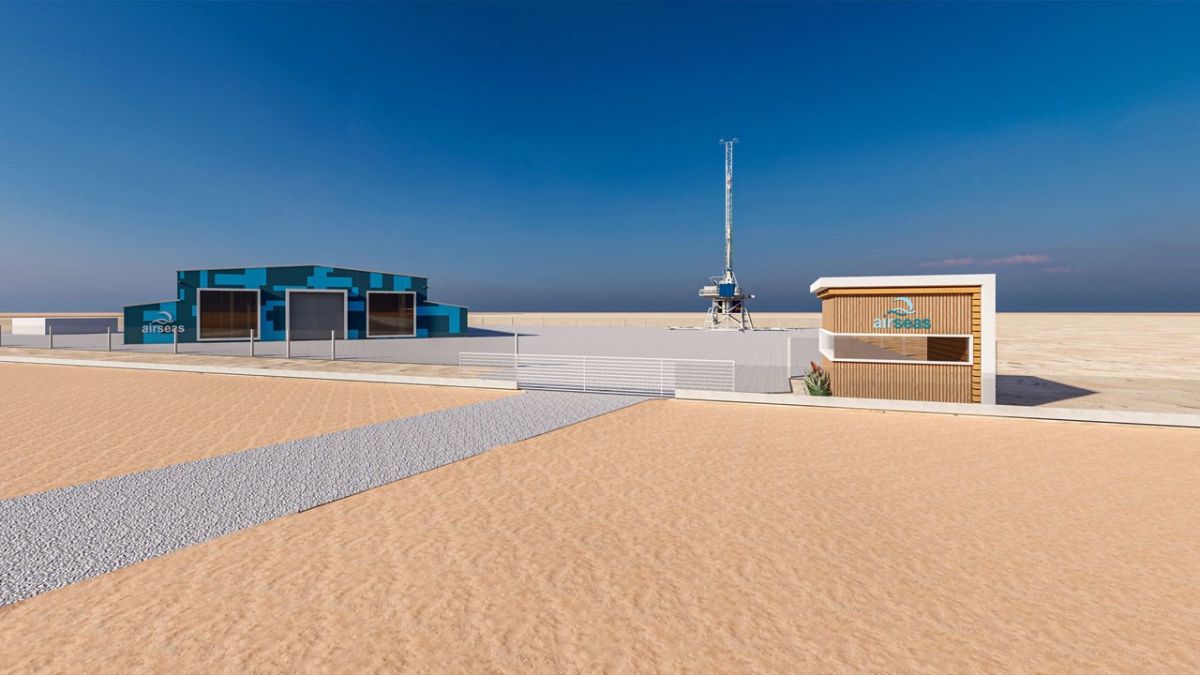PRESS RELEASE: The International Windship Association, along with it’s 40-plus member companies and organisations is positioned to help the shipping industry meet urgent and ambitious carbon reduction targets to be set by the International Maritime Organization (IMO) at MEPC72 this week. There is a wide range of wind-assist and primary wind propulsion technology solutions that offer between 10-30% savings for retrofits, and up to 50% on smaller new built fully optimised vessels. Wind is a primary renewable energy that is free at point of use, abundant and exclusively available giving the vessel better commercial and operational autonomy. IWSA members are clear in their message that the tool box of clean technologies available to shipping today can help deliver upon the decarbonisation goals of keeping world temperatures to as close to 1.5C as possible, as outlined in the Paris Agreement.
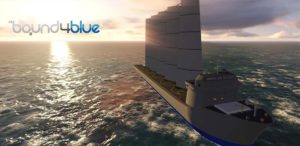
Gavin Allwright, IWSA Secretary said: “We have been working together with a wide range of technology providers, pioneering ship owners, design and research experts and policy makers all sharing the goal of enabling sustained and deep reductions in GHG emissions in the industry. The debate has shifted profoundly from one where there was doubt that we have the tools to do the job, to one where that is acknowledged, but the scaling of those low carbon technologies and fuel options is a matter of choice.”
“We hope that the policy makers in the committee rooms at IMO this week recognise that they have a choice, ‘business-as-usual’ or embracing the huge GHG savings available from primary renewables such as wind propulsion and secondary renewable fuels and the uptake of other clean technology and design. These make the Paris Agreement goals both achievable and commercially desirable. IWSA members will continue to work with the industry to deliver on those reductions, as we look to create a sustainable and profitable fleet fit for purpose for the coming decade and beyond.”
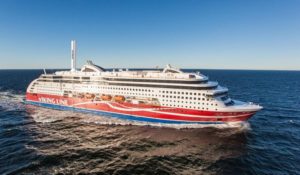
IWSA members are developing a wide range of wind propulsion technologies, with Flettner Rotors or Rotor Sails now in commercial use on three vessels, with the addition of three more by the end of the 2018, including vessels in the bulker, roro, passenger ferry, tanker and general cargo segments. These installations are already delivering between 5-15% fuel and emissions savings. Hard sail, soft sail and kite technologies are also either in commercial use or undergoing final development testing and sea trials, and these will soon be followed by further suction wing, hull form and turbine developments. All of these wind technologies, especially in new build configurations, can work hand-in-hand with other low emission technologies and fuel applications, substantially reducing the amount of fuel required to do the same work.
The shipping industry is starting to embrace the opportunities that commercial wind propulsion provides, from Viking Lines to Maersk, MOL to STX France. The direction of travel is shifting and we hope that the IMO can feel the change in the way the wind blows and set an ambitious course, making the choice to lead in decarbonisation efforts and fully deliver on the Paris Agreement goals and beyond.
